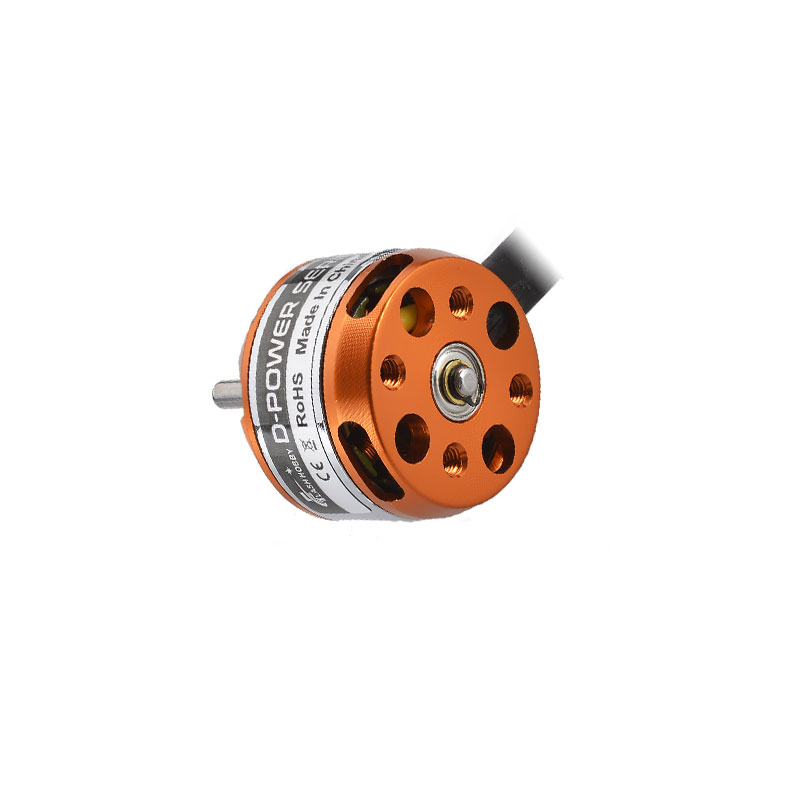Can the D2822 fixed wing motor withstand high-frequency rapid acceleration and deceleration? Will it overheat during high-speed dives?
2025-06-18
The D2822 fixed wing motor has good adaptability under frequent rapid acceleration and deceleration conditions, and its design fully considers the needs of dynamic response. The brushless motor adopts a low-inertia rotor structure and optimized winding process, which can quickly respond to the acceleration and deceleration instructions issued by the flight control system, significantly shorten the torque establishment time, and reduce acceleration lag. However, high-frequency and drastic power fluctuations will still significantly increase the internal loss of the motor - the stator winding produces a skin effect when the current suddenly changes, which increases the copper loss, and the strong magnetic field switching causes eddy current loss of the iron core. These factors will make the temperature rise curve of the D2822 fixed-wing motor steeper.
In high-speed dive scenarios, the reduction in aerodynamic drag causes the propeller speed to soar. The significant reduction in motor load seems to be beneficial, but in fact it faces dual challenges: on the one hand, the speed exceeding the rated value may cause the back electromotive force to be too high, forcing the ESC to enter the protection state; on the other hand, although the reduction in electromagnetic load reduces the heat generation, the bearing friction loss and wind wear loss caused by the rotor overspeed will increase exponentially. If the heat dissipation system (such as cooling air duct or heat dissipation fins) is not efficient enough, there is still a risk of local overheating.
It is worth noting that the ceramic bearing solution and high-temperature resistant magnetic steel material of the D2822 fixed wing motor provide it with additional reliability protection. This type of motor is usually equipped with a temperature monitoring function. When the winding temperature approaches the preset threshold (usually 150℃-180℃), the ESC will actively reduce the power to prevent the permanent magnet from losing magnetism. In addition, the heat dissipation fins of the motor housing can effectively suppress the temperature rise in a high-speed airflow environment by enhancing the convection heat transfer area.
It should be emphasized that the actual performance is closely related to the matching propeller specifications, ESC output characteristics and aircraft aerodynamic layout. If the power system parameters are not selected properly, even a short extreme dive may trigger overheating protection. Therefore, it is recommended to verify the ground test data of the D2822 fixed wing motor under the same working conditions before continuous high-frequency acceleration and deceleration or high-speed dive missions, and ensure that the power system has sufficient peak current output capacity.





